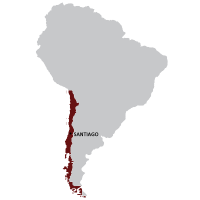
Chile
Old or New World wine-producing country? Its first grapevines were planted as early as the 1500s. European immigrants brought more varieties, particularly from Bordeaux, to Chile in the 1800s. Until the 1990s, most of the country’s wine was consumed locally. As Chilean winemakers started exporting more wine, the world noticed both the quality and value of Chile wines.
With 4,300 kilometers of coastline along the Pacific Ocean, Chile produces wines that are both fruit-forward factor and herbaceous.
Cabernet Sauvignon might be Chile’s most important red variety, but Carmenere is the country’s niche grape (98% of the world’s Carmenère is grown there). As for white wines, Sauvignon blanc has become increasingly popular and performs well when grown close to the cool Pacific; Chardonnay is also ubiquitous in Chile.

Clos Apalta
One of the oldest vineyards of Cabernet Sauvignon and Carmenere in Chile. The oldest plots were planted between 1915 and 1920; the stocks were imported from France at the end of the 19th century. A unique, century-old vineyard with 40 hectares of pied franc, with vines averaging 80-years-old.
Enclaved in the Colchagua Valley, near the town of Santa Cruz, Clos Apalta has a micro-climate which is significantly distinct from the general climate of Chile. It could be called semi-Mediterranean, with winter rains and a long, dry summer; weather conditions that allow the grapes to reach optimum maturity. The extreme thermal oscillation favors the accumulation of anthocyanins which creates the deep, rich color of the wines.
In 1994, Alexandra Marnier Lapostolle and her husband Cyril de Bournet acquired this property. Their ambition was to produce an exceptional wine and to pave the way for the qualitative development of the country’s fine wines.
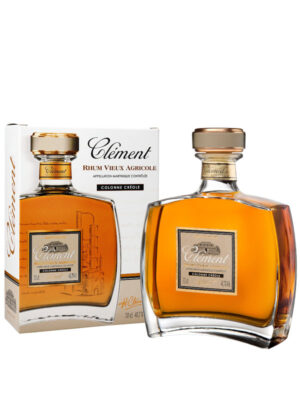




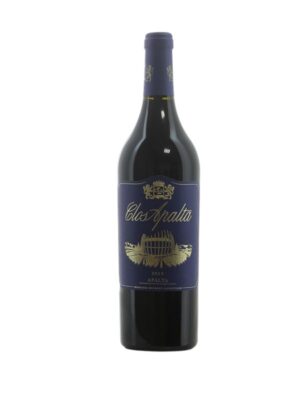
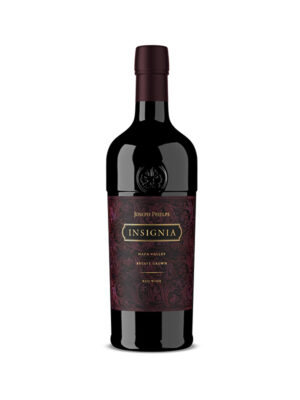










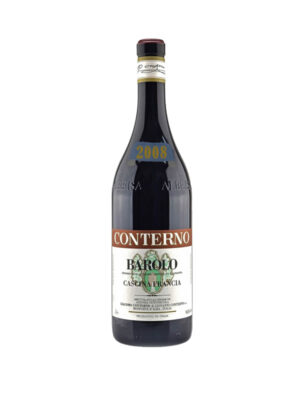




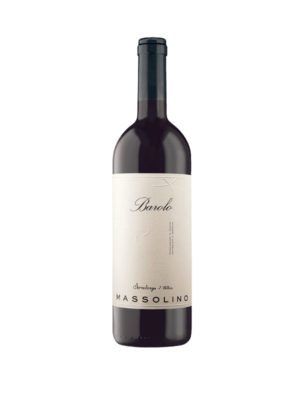




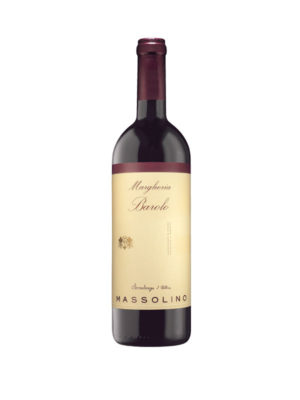



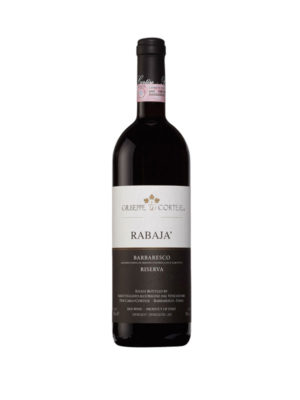



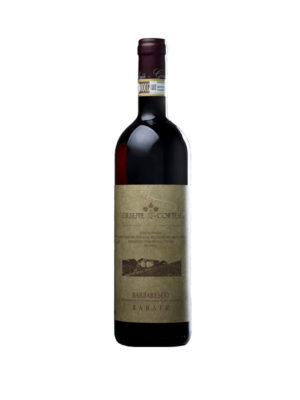

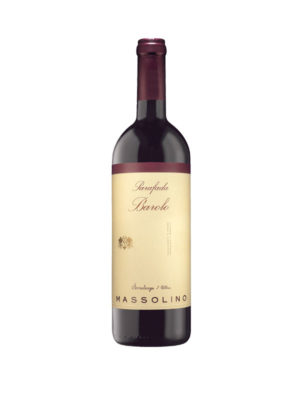

 And discover the privileges of being part of our
And discover the privileges of being part of our 
Reviews
There are no reviews yet.